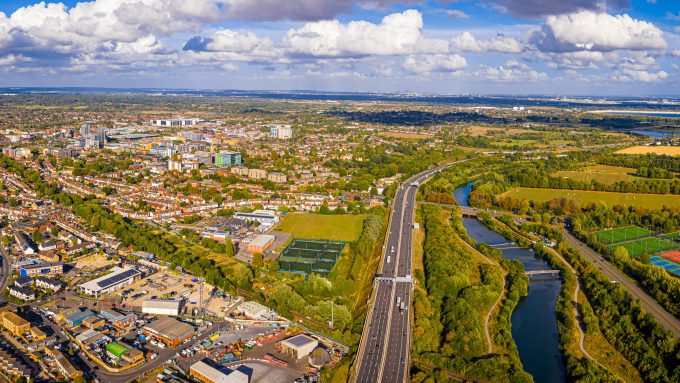
Local plans: How we’re increasing accessibility through mapping

Digital transformation of the planning system is already happening. But, given that a key aspect of the planning system that shapes our neighbourhoods, towns and cities, is that it is democratic, it’s critical that this transformation increases access to, awareness, and understanding of the planning system. In this blog, Stefan Webb, our Director of Digitising Planning, makes the case that digital evolution cannot drive the planning system further into expert-exclusive niches. Here, one’s ability to engage on a level playing field with the ‘experts’ is wholly dependent on being either digitally-native or planning-literate. As we often say, a successfully constructed digital planning system should increase accessibility for everyone – both human and machine.
One of the challenges that planning has in common with the open data and digital transformation professions is that they can be equally opaque and confusing to those outside the industry. Planning jargon is often just as bewildering as digital jargon. Who outside the profession knows whether ‘forking a repo on GitHub is planning or digital jargon, or whether ‘discharging s106 conditions’ falls under planning or digital speak? And when the two collide, the problem multiplies and, well, headaches ensue. So what challenges are faced in digitising planning?
Part of the challenge of digitally transforming the planning system is that it requires two disparate and different groups of people to come together. The built environment profession on one side (architects, planners, engineers, etc) and digital professionals (service designers, full-stack developers, UI/UX professionals, etc) on the other. The distance between these groups can be measured both physically (the distance across a local authority office) and culturally (the attire is the most obvious one). It can also be measured by the software of choice; Microsoft Office v Github and Stack Overflow. These distances can lead to things falling down cracks. In the same way that if a tree falls in a forest and no one is around to hear it, does it make a sound?; if data is released on GitHub, does any planner know it exists?
The beginnings of more accessible local plans
Building on work we did for the Department of Communities and Local Government (DCLG) nearly three years ago, the Ministry for Housing, Communities and Local Government’s (MHCLG) digital land team have begun thinking about how to use the Secretary of State’s power in the Neighbourhood Planning Act 2017 to mandate data standards for development plan documents. One of the areas they have prioritised is making local plans more accessible (a worthy target as the society for innovation, technology and modernisation (SOCITM) has previously found that local plan documents are not very accessible at all). The digital and planning teams at MHCLG have combined to do sterling work in getting nearly all local plans and associated housing targets into a consistent digital format. However, it’s unlikely that many people know it exists, and even if they do, that doesn’t necessarily mean they will understand how different authorities compare.
That’s why we’ve created a prototype of an online map detailing the age of plans across England and the associated housing targets. As a prototype, there are of course areas for improvement or the addition of new features. One feature in development will see the online map update automatically. As well as hearing what additional features could be added (eg visualising the housing target as a proportion of existing homes), we’re also keen to understand what additional planning data MHCLG should publish in a consistent format (perhaps a more granular breakdown of the stage each plan is at?). Tell us what you think on the PlanTech Slack workspace, contribute to the conversation on Twitter using the hashtag #PlanTech or share your thoughts with us directly at plantech@cp.catapult.org.uk.
Alongside our prototype map is an accompanying technical blog that explains how our new online map can be utilised by the end-user. Explore the map and read the blog in full by clicking here.





